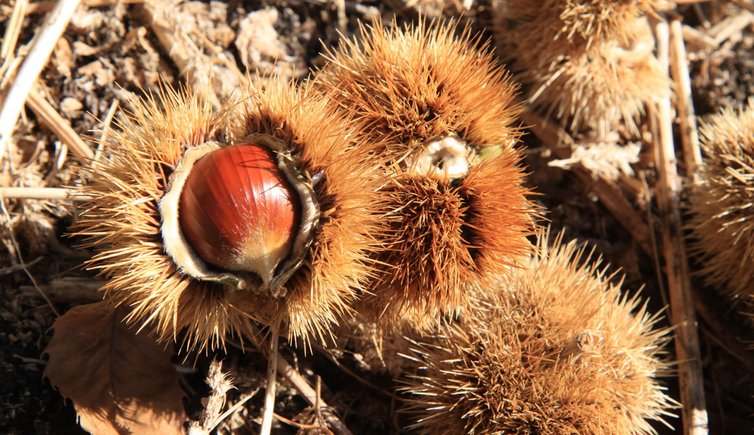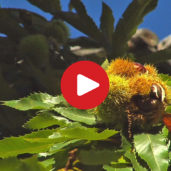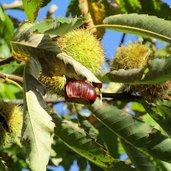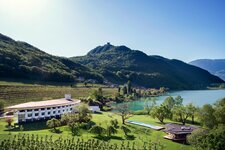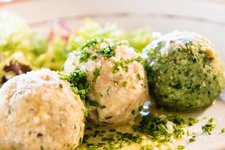During the Toerggele period, the sweet chestnut (Castanea sativa) is the protagonist in most of the kitchens
Image gallery: Sweet chestnut
The sweet chestnut has been experiencing a revival for some time now: sweet chestnut-hearts, chestnut flour, chestnut honey... once described as worthless, this fruit is very popular and considered healthy and nutritious today. Chestnut trees can be found in the Valle Isarco valley and on the Renon high plateau, where there are also some thematic Chestnut Trails.
The nut fruits - wrapped up in the so-called "cupule" which opens when it is mellow and makes the chestnut come out - are rich in starch, have a high saturation value and healthy components such as amino acids and vitamins (B1, B2). As alkaline food, the sweet chestnut provides the possibility to re-balance the overacidified body.
At the traditional Toerggele evenings in late autumn, the chestnut is the protagonist: they are roasted, served in a big bowl covered by a wet cloth, and enjoyed warm with some home-made butter. Especially if the chestnut season wasn't that good, we recommend to reserve your own portion of roasted chestnuts, called "Keschtn" in South Tyrolean dialect, in advance!
